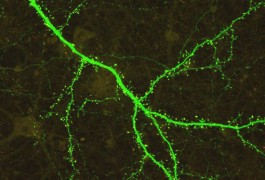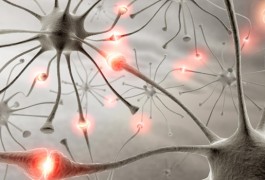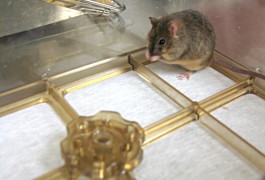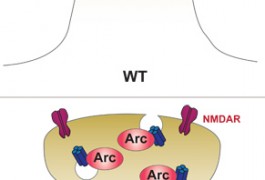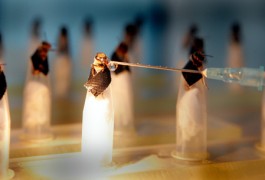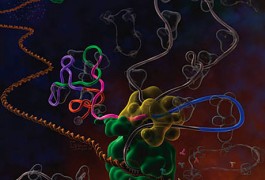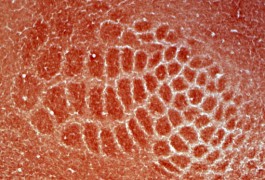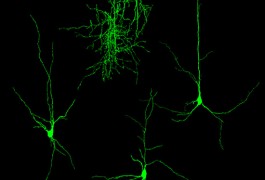Researchers identify biological roles for fragile X protein
FMRP, the protein missing in fragile X syndrome, is needed for the birth of new neurons, for regulating the translation of RNA into protein, and for maintaining the structural integrity of spiny neuronal projections, according to several new studies.
